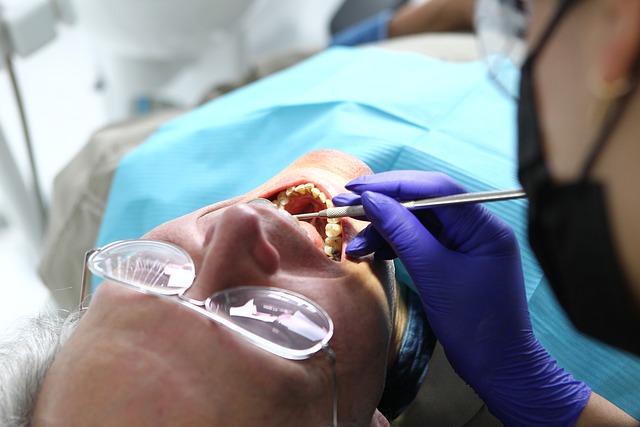An interesting article titled “Tooth Wear and Oral-Health-Related Quality of Life in Dentate Adults” appears in the Journal of Dentistry written by Mireille Kanaan and et. al. (2022). The article sought to determine the extent to which tooth wear when adjusted for oral health risk indicators, adversely impacts the Oral-Health-Related Quality of Life (OHRQoL) for adults.
In the study the authors investigated 570 adult patients with complete or near-complete dentition. All patients in the study had at least one bilateral molar occlusal contact and were 18 years or older with a median age of 52. The study participants answered a self-applied questionnaire that consisted of four domains: (1) characteristics of the participants, (2) oral care attendance, (3) oral health conditions and lifestyle, and (4) complaints of OHRQoL.
The athors found that 62.8% of the patients in the study had complete dentition. In the patients that did not have a completion dentition, the mean number of missing teeth was 2.2. The authors found a prevalence of tooth wear of 75% for the patients studied. The overall prevalence of tooth wear was 42% of cases with the main etiological factor the process of erosive wear, 22% of cases with the main etiological factor the process of dental attrition and 11% of cases with the main etiological factor the process of dental abrasion. Those patients that had severe tooth wear was 17%, with moderate tooth wear was 28%, and with mild tooth wear was 31% based on a score of the dentition. In the self-reported questionnaire patients that repoted at least one domain being impacted fair often or very often, was 30.4%. The domains repoted in the questionnaire with the highest impact were physical pain (14.5%), psychological discomfort (13.0%), physical disability (10.6%), social disability (2.8%), handicap (2.8%) and functional limitations (2.2%).
The authors found that the risk factors of change in tooth appearance, age, tooth sensitivity, consuming lots of acidic beverages associated with tooth wear and worse OHRQoL. It was found that patients 55 years and older had a lower impact on OHRQoL compared those patients 35 to 54 years old. The authors feel this was an unexpected finding and that this particular finding of the differences in the age groups may be related to having less patients in the older 55+ group in their study and also that older patients have reduced expectations about tooth appearance.
The authors state:
“…the findings of this study demonstrated that although the prevalence of tooth wear was high, its severity and impact on OHRQoL of adults with complete dentition or with dentition having lost few posterior teeth were limited.”
The authors mentioned that the cumulative consequences of tooth wear like tooth sensitivity and impression of changed appearance, were found to be significant risk factors for low OHRQoL. Drinking acidic beverages once a day or more and those who did not receive regular oral healthcare were other risks equally associated with tooth wear and lower OHRQoL.

The authors further state:
“Distal and proximal indicators for tooth wear such as age, ever prevented from regular oral health care due to costs of care, tooth sensitivity, changed appearance of teeth and daily ingestion of acidic beverages were mediators for impaired OHRQoL.”
The authors mentioned some limitations of the study results including the cluster design used included only patients who sought care at the University Hospital in Brussels and the number of patients included in the study 55 years and older was limited.
